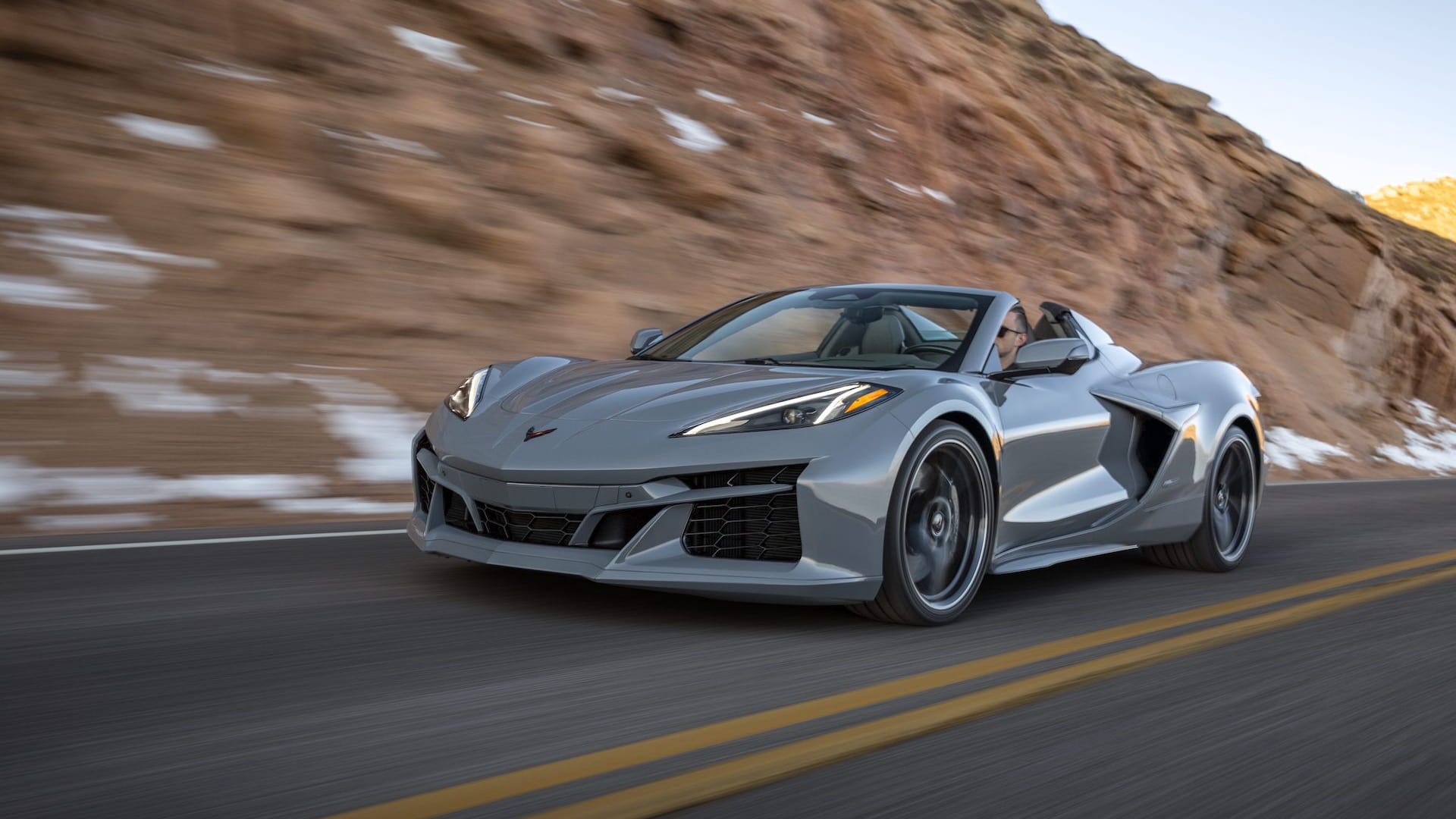GM disagrees though, and is currently making a case for continuing the lineage of one of the world's great engines. GM is soon investing $400 million at its plant in Tonawanda, NY and $235 million at the St. Catherines plant for small-block production.
As die-hard Chevy fans will tell you, the small block has plenty of plus points. It's reliable, strong, and offers great low-down torque which provides not only good-to-staggering performance depending on the variant, but also the potential for impressive economy when driven sedately.
It's also very compact thanks to the pushrod, overhead-valve design, which means it can still be fit under the hood of low-slung sports cars like the Corvette. This is one of the reasons GM is keen to keep the small-block and retain the same architecture, only with updated technology such as gasoline direct-injection.
The design also makes incorporating fuel-saving tech such as cylinder deactivation quite cost-effective, and with the modern aluminum block variants it's also incredibly light weight for its potential output.
The 90-degree small-block was first seen in the 1955 Chevrolet Corvette, making 195 horsepower. The ultimate modern variant is the Eaton supercharged, 638-horsepower and 604 pounds-feet unit fitted to the Corvette ZR1. At some point this year, GM will build its 100 millionth small block.
That's quite a history, and V8 fans the world over will be looking forward to many more variants of the small-block in the future. GM's investment will help create and protect 1,600 jobs and help protect an American icon, too.



